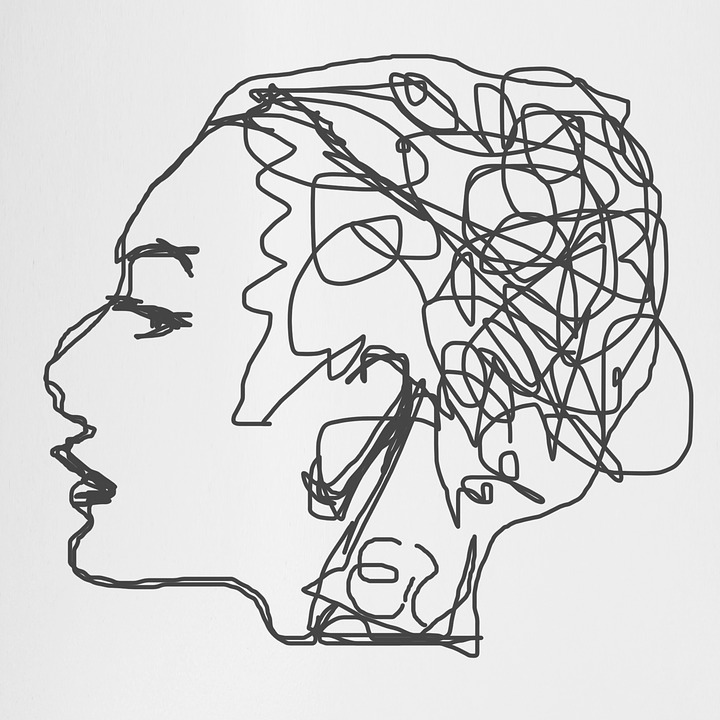
Arjen Noordhof’s (Clinical Psychology) question:
Dear Max,
In 1895 Freud wrote ‘Entwurf einer Psychology’; a failed attempt at neuropsychoanalysis avant la lettre. He gave up and never wanted the text to be published. Psychoanalytic concepts do not map onto biophysical structure and to read them as such only results in confusing reifications. Nevertheless, psychoanalysis maintains a materialist reading of subjectivity and the (wishful?) dream of closing the gap between language and body has always been alive in Freud and his predecessors. In the last two decades the discipline of neuropsychoanalysis has become quite popular, which is aimed at integrating neuroscience and psychoanalysis. How did this field historically emerge? What is your view of this project? Is it primarily a nostalgic attempt to regain scientific status for psychoanalysis or does it genuinely aim to test and revise psychoanalytic theory, or the other way around, neuroscience? Will it fail better than Freud?
Arjen
Max van der Linden’s (Psychological Methods) answer:
Dear Arjen,
When in 1999 Nobel Prize-winning neuroscientist Eric Kandel wrote a plea for a serious academic collaboration between biology and psychoanalysis modern neuropsychoanalysis really took off. His fascination for psychoanalysis already began in the 1950s when he, as a young medical student, hoped to learn ‘something about where in the brain the ego, the id, and the superego might be located.’ He was not the only one.
At that time academic and clinical leaders of many medical disciplines in the United States were heavily influenced by Freud’s theory. In 1948 Harvard neurologist Stanley Cobb described Freud’s concepts as ‘a rich and disturbing set of ideas’ that could explain human behavior by ‘conflicts, rewards and punishments, emotional drives and needs, inborn behavior patterns, reflex conditioning and cultural education’.
It turned out to be quite difficult to merge the complexities of psychoanalytic theory with the workings of the brain. Therefore, the fundamental theoretical bridge was quite simplistic: the cortex was home of the conscious, logical, verbal (super)ego and the irrational, unconscious id resided in subcortical areas.
In daily clinical practice psychoanalysis proved to be valuable. Neurosurgeon Wilder Penfield elicited memories in some patients when he electrically stimulated them in the brain during surgery. Psychoanalyst Lawrence Kubie, who was used to work with (repressed) memories during psychoanalytic therapy, helped him make sense of those memories.
Fifty years later Cobb’s fascination reverberates in Kandel’s article. The progress made in neuroscience and psychology enables us now to answer ‘questions about memory and desire’ and ‘these answers will be all the richer and more meaningful if they are forged by a synergistic effort of biology and psychoanalysis’. Kandel sees interesting intersections, among them unconscious mental processes, (development of) psychopathology, sexual orientation and drives, therapy outcome and brain plasticity and psychopharmacology.
I do think it is a genuine attempt to overcome some theoretical blind spots and empirical weaknesses of both psychoanalysis and neuroscience. These kind of collaborations – if proceeding in an open and respectful way and without the ambition to close the gap between subjectivity and matter – keeps disciplines sharp and will make their failing at least slightly better.
Max
A list of references is available at the editorial office.
Max van der Linden’s question is for Frenk van Harreveld (Social Psychology):
Dear Frenk,
Climate change is a complex and multifaceted problem related to population growth, energy, (geo)politics, economy, science, technology, agriculture, travelling and tourism. The Paris agreement from 2015 is the most ambitious global effort to adapt to and combat climate change so far. One of the targets is a significant cut of emissions by 2030. But CO2 emissions topped at an all-time high in 2018. So there is a lot of work to be done in the next eleven years. Can we rely for this solely on technological solutions? Or do we have to change our way of living? How could psychology contribute to this global challenge? What do you think are the most promising psychological strategies to change the behavior of humans? Are you as a social psychologist optimistic or pessimistic about our ability to solve this problem?
Max
Arjen Noordhof’s (Clinical Psychology) question:
Dear Max,
In 1895 Freud wrote ‘Entwurf einer Psychology’; a failed attempt at neuropsychoanalysis avant la lettre. He gave up and never wanted the text to be published. Psychoanalytic concepts do not map onto biophysical structure and to read them as such only results in confusing reifications. Nevertheless, psychoanalysis maintains a materialist reading of subjectivity and the (wishful?) dream of closing the gap between language and body has always been alive in Freud and his predecessors. In the last two decades the discipline of neuropsychoanalysis has become quite popular, which is aimed at integrating neuroscience and psychoanalysis. How did this field historically emerge? What is your view of this project? Is it primarily a nostalgic attempt to regain scientific status for psychoanalysis or does it genuinely aim to test and revise psychoanalytic theory, or the other way around, neuroscience? Will it fail better than Freud?
Arjen
Max van der Linden’s (Psychological Methods) answer:
Dear Arjen,
When in 1999 Nobel Prize-winning neuroscientist Eric Kandel wrote a plea for a serious academic collaboration between biology and psychoanalysis modern neuropsychoanalysis really took off. His fascination for psychoanalysis already began in the 1950s when he, as a young medical student, hoped to learn ‘something about where in the brain the ego, the id, and the superego might be located.’ He was not the only one.
At that time academic and clinical leaders of many medical disciplines in the United States were heavily influenced by Freud’s theory. In 1948 Harvard neurologist Stanley Cobb described Freud’s concepts as ‘a rich and disturbing set of ideas’ that could explain human behavior by ‘conflicts, rewards and punishments, emotional drives and needs, inborn behavior patterns, reflex conditioning and cultural education’.
It turned out to be quite difficult to merge the complexities of psychoanalytic theory with the workings of the brain. Therefore, the fundamental theoretical bridge was quite simplistic: the cortex was home of the conscious, logical, verbal (super)ego and the irrational, unconscious id resided in subcortical areas.
In daily clinical practice psychoanalysis proved to be valuable. Neurosurgeon Wilder Penfield elicited memories in some patients when he electrically stimulated them in the brain during surgery. Psychoanalyst Lawrence Kubie, who was used to work with (repressed) memories during psychoanalytic therapy, helped him make sense of those memories.
Fifty years later Cobb’s fascination reverberates in Kandel’s article. The progress made in neuroscience and psychology enables us now to answer ‘questions about memory and desire’ and ‘these answers will be all the richer and more meaningful if they are forged by a synergistic effort of biology and psychoanalysis’. Kandel sees interesting intersections, among them unconscious mental processes, (development of) psychopathology, sexual orientation and drives, therapy outcome and brain plasticity and psychopharmacology.
I do think it is a genuine attempt to overcome some theoretical blind spots and empirical weaknesses of both psychoanalysis and neuroscience. These kind of collaborations – if proceeding in an open and respectful way and without the ambition to close the gap between subjectivity and matter – keeps disciplines sharp and will make their failing at least slightly better.
Max
A list of references is available at the editorial office.
Max van der Linden’s question is for Frenk van Harreveld (Social Psychology):
Dear Frenk,
Climate change is a complex and multifaceted problem related to population growth, energy, (geo)politics, economy, science, technology, agriculture, travelling and tourism. The Paris agreement from 2015 is the most ambitious global effort to adapt to and combat climate change so far. One of the targets is a significant cut of emissions by 2030. But CO2 emissions topped at an all-time high in 2018. So there is a lot of work to be done in the next eleven years. Can we rely for this solely on technological solutions? Or do we have to change our way of living? How could psychology contribute to this global challenge? What do you think are the most promising psychological strategies to change the behavior of humans? Are you as a social psychologist optimistic or pessimistic about our ability to solve this problem?
Max



